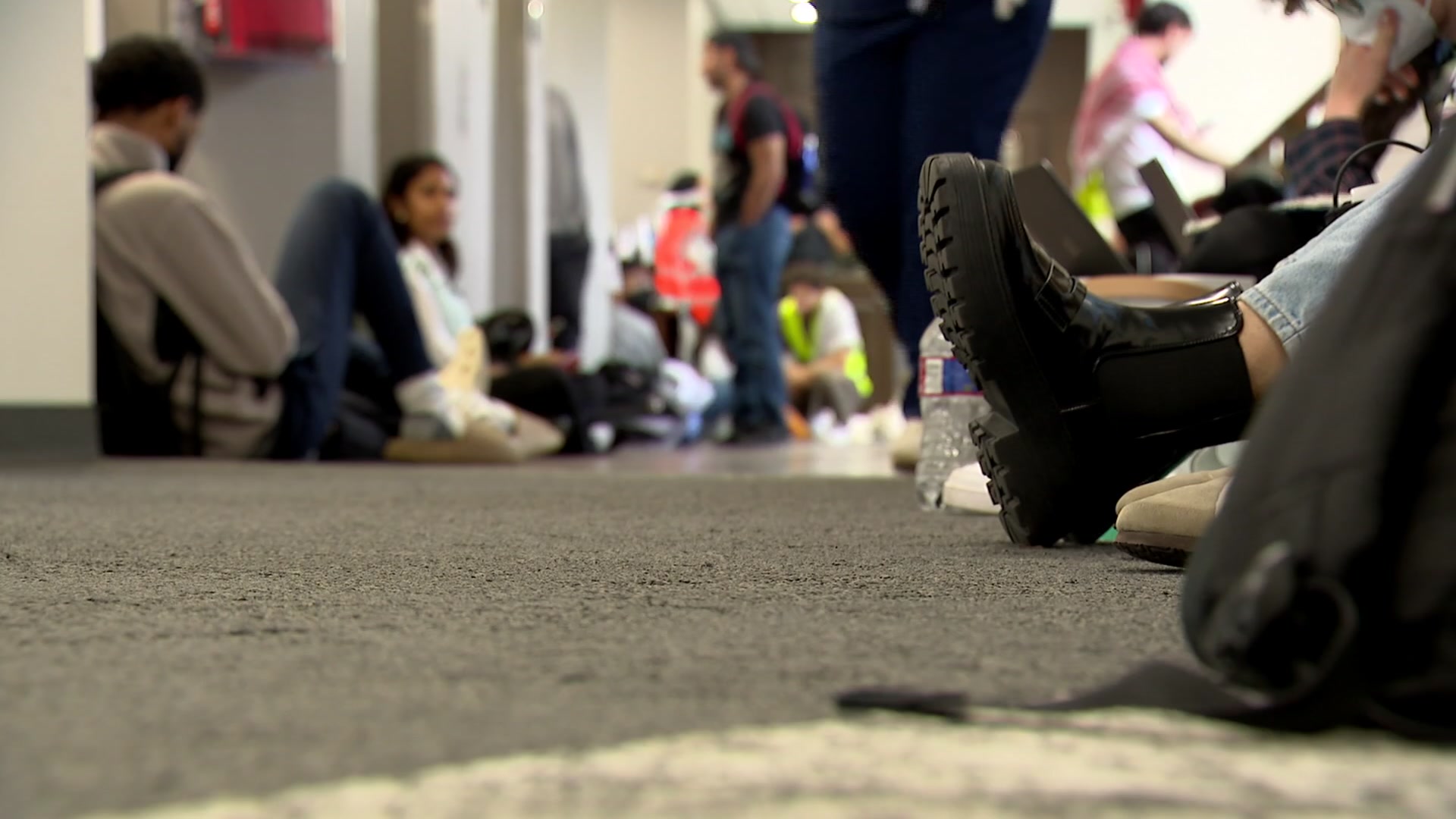Concentrations of polychlorinated biphenyls, PCBs, are still elevated in fish tissue in four segments of the upper Trinity River located in the Dallas-Fort Worth area, according to Texas health officials. This is an issue scientists with the Texas Commission on Environmental Quality have been dealing with for quite some time.
Used in electrical equipment, PCBs have been banned in the United States since the late 1970’s because they cause liver disorders and developmental delays in infants, experts said.
Because of these elevated levels, the TCEQ has issued a fish possession ban and a fish consumption advisory for parts of the Upper Trinity River, the Lower West Fork Trinity River, the Clear Fork Trinity River Below Benbrook Lake and the West Fork Trinity River Below Lake Worth. That covers 1,540 square miles of watershed in and around the DFW area.
The main causes for the dangerous water quality are municipal and industrial wastewater discharges, and by storm water runoff from agricultural, industrial, and urban areas.
The TCEQ has scheduled a meeting to update locals on development of a plan to address the PCBs found in the upper Trinity River. Called a Total Maximum Daily Load, or TMDL, the plan is designed to restore water quality and reduce PCBs in fish tissue so that it is safe to eat fish caught in the four river segments.
A TMDL is like a budget for pollutants. It estimates the amount of a pollutant that a water body can receive and still support its designated uses. The load is then allocated among the sources of pollution within the watershed, and measures to reduce pollutant loads are developed as necessary.
A TMDL is part of the state's Water Quality Management Plan after it is adopted by the commission and approved by the U.S. Environmental Protection Agency.
Local
The latest news from around North Texas.
The commission's meeting will be held Wednesday, Feb. 3 from 1 p.m. to 3 p.m. at the Tom Vandergriff Conference Center at 616 Six Flags Drive in Arlington.
The meeting will include a discussion of the TMDL process, history of PCB impairment in the area, sampling results and other project information.
Information from Environmental News Service (ENS) was used in this report.



